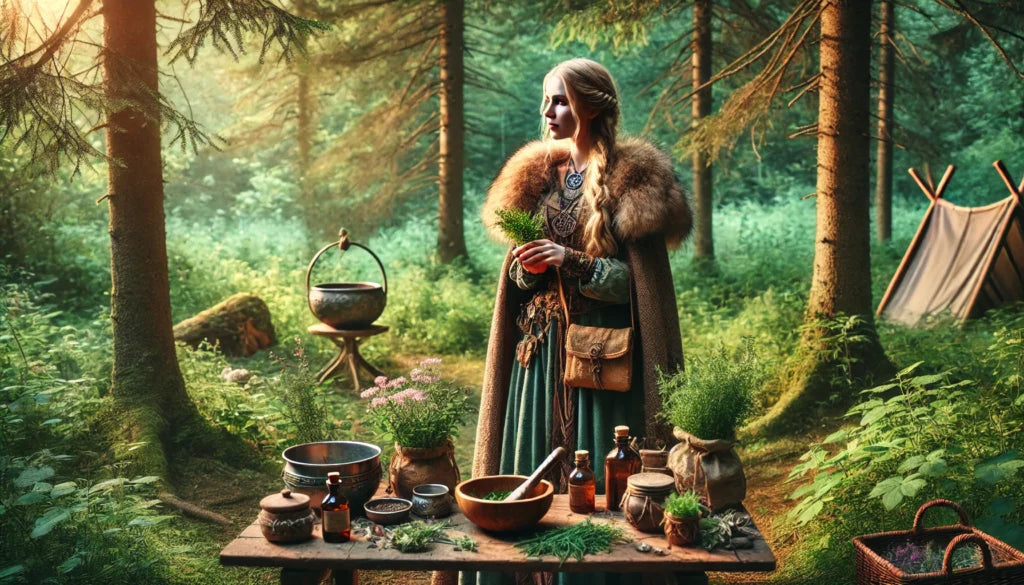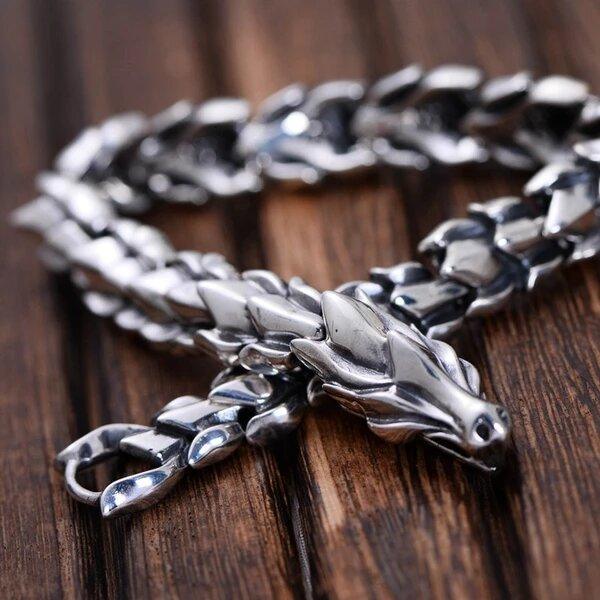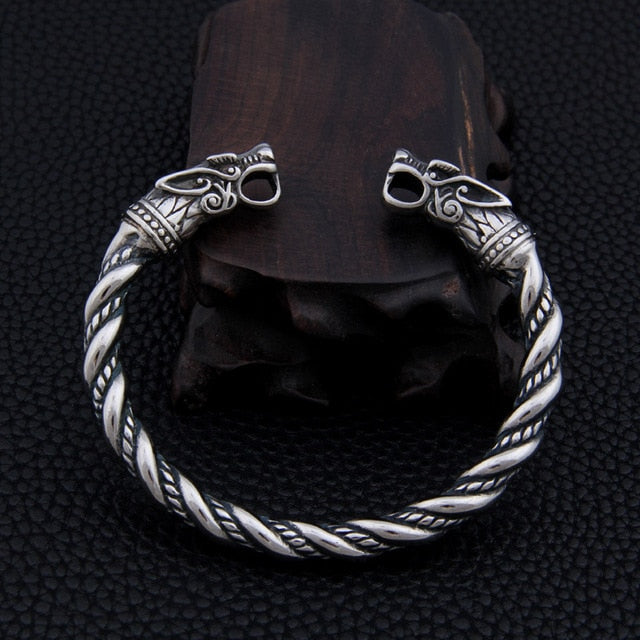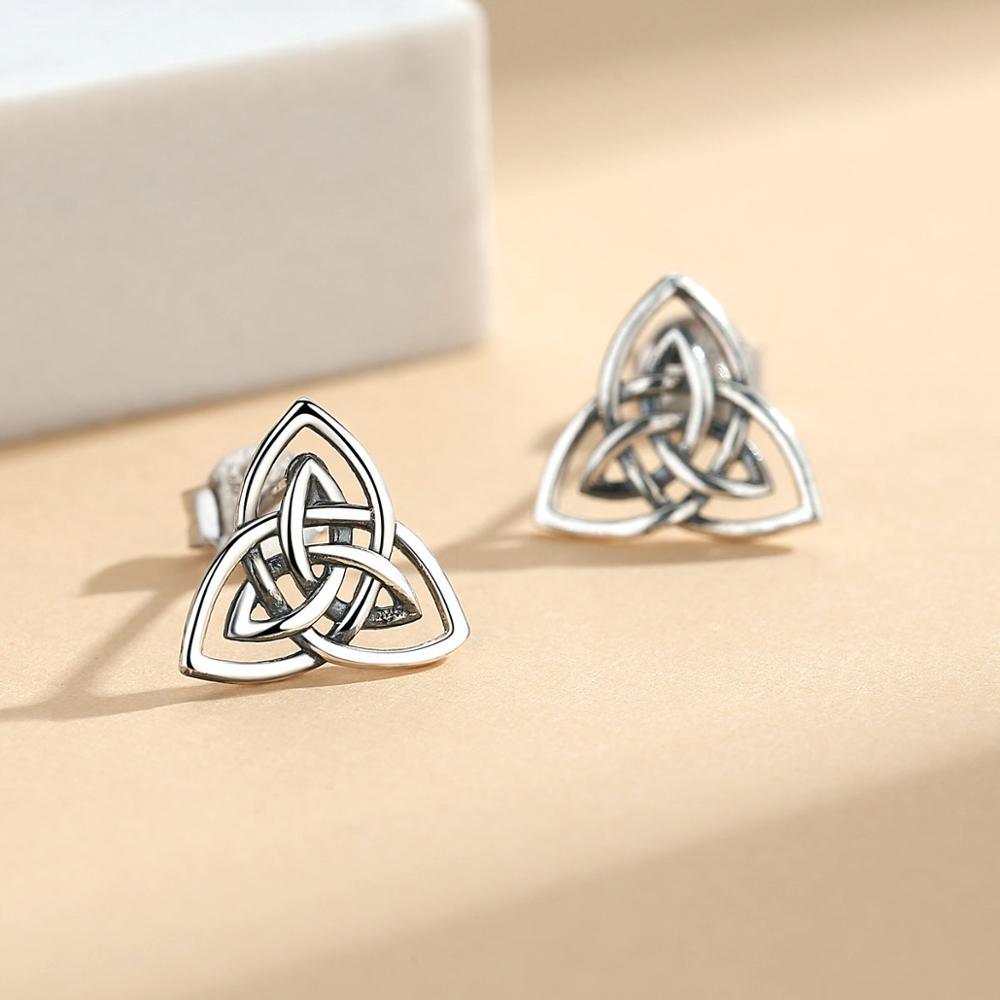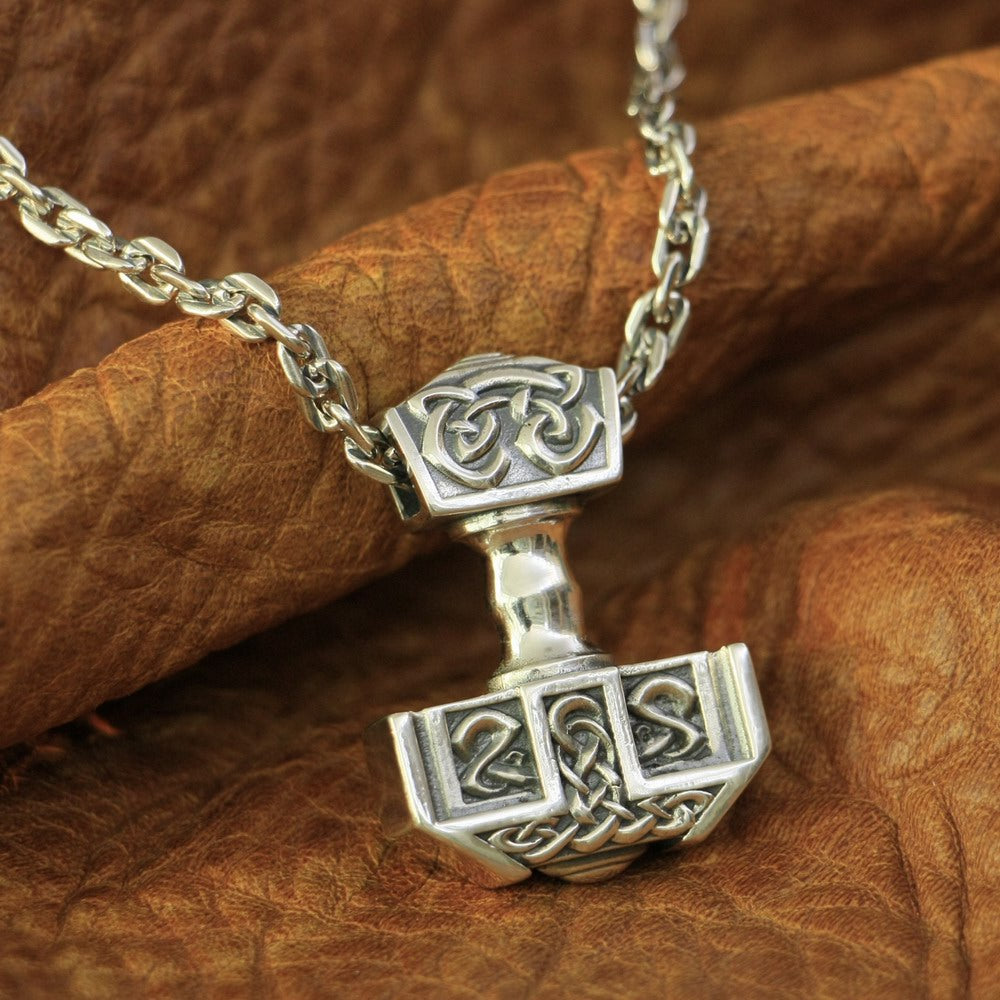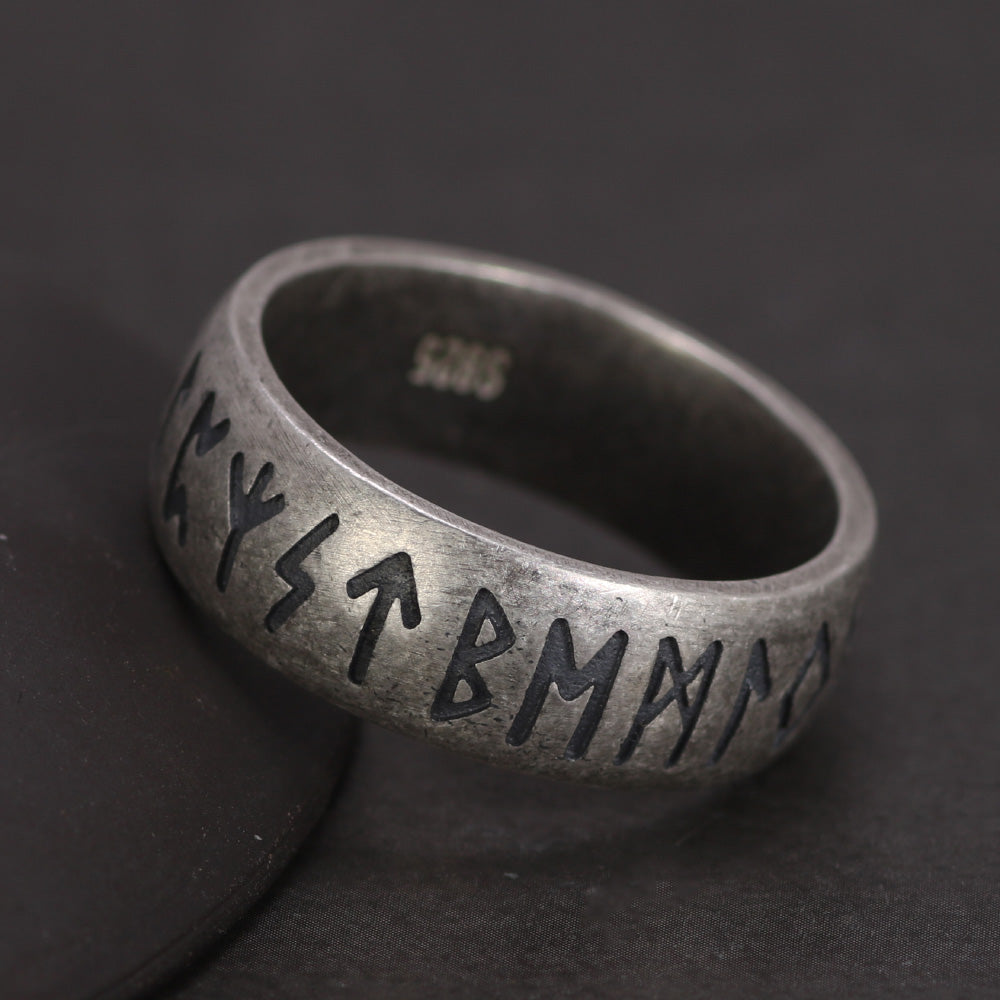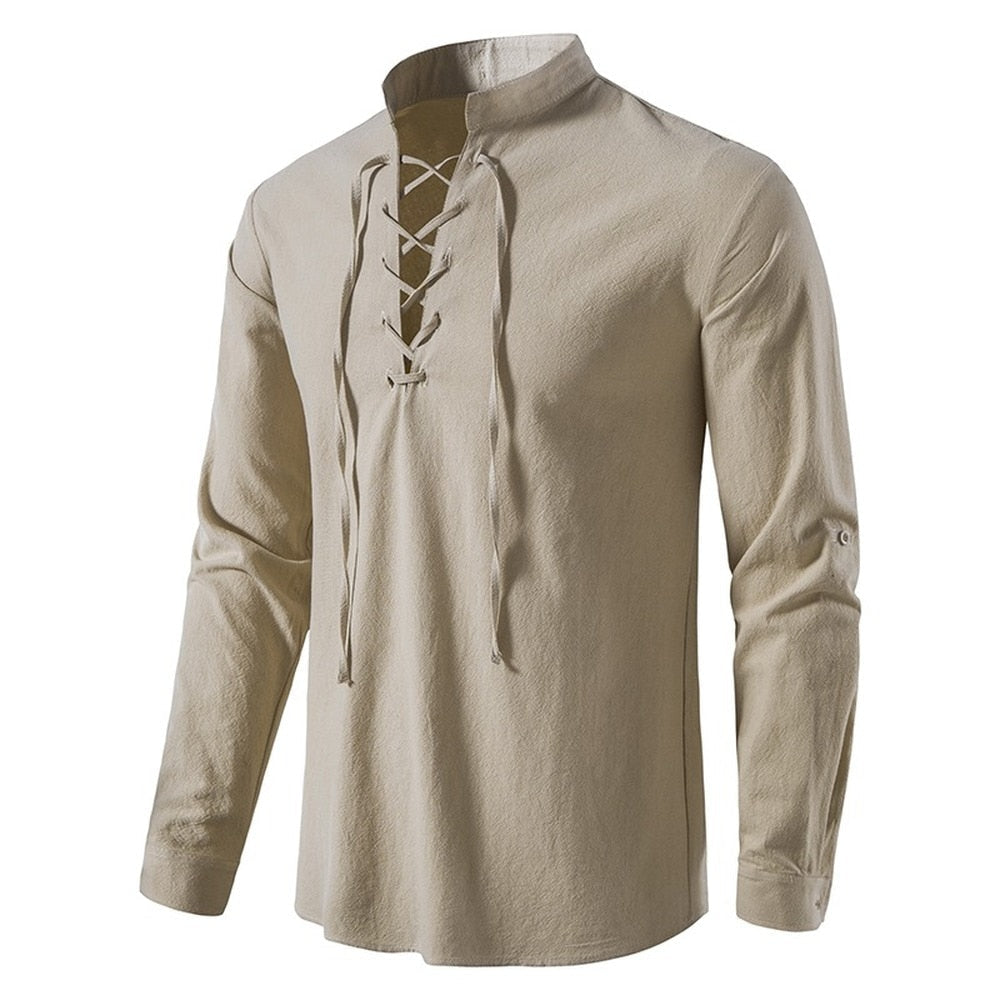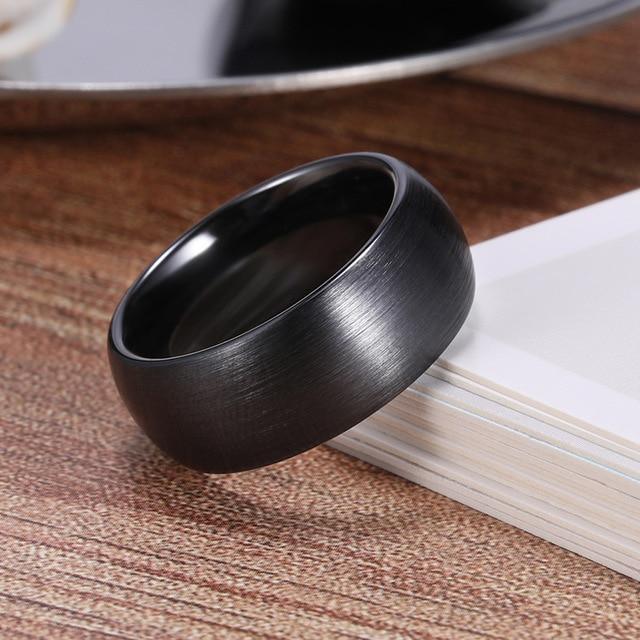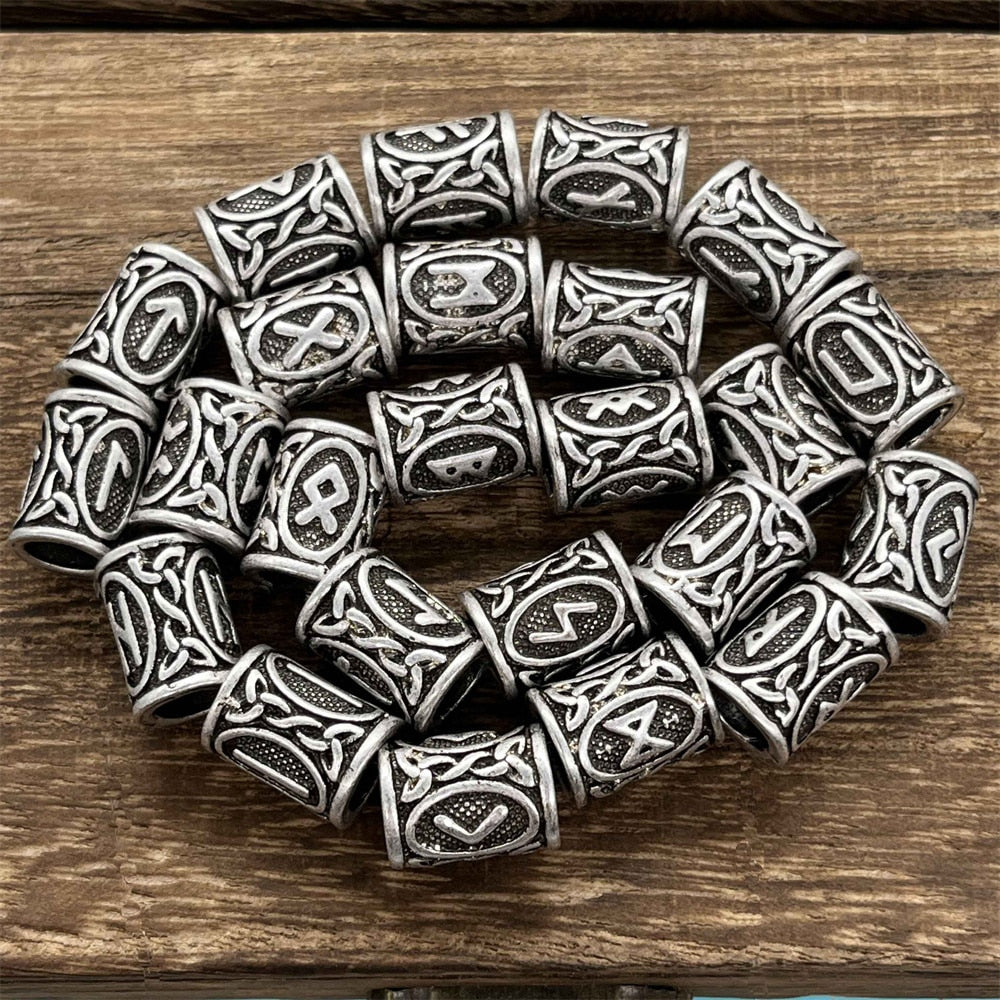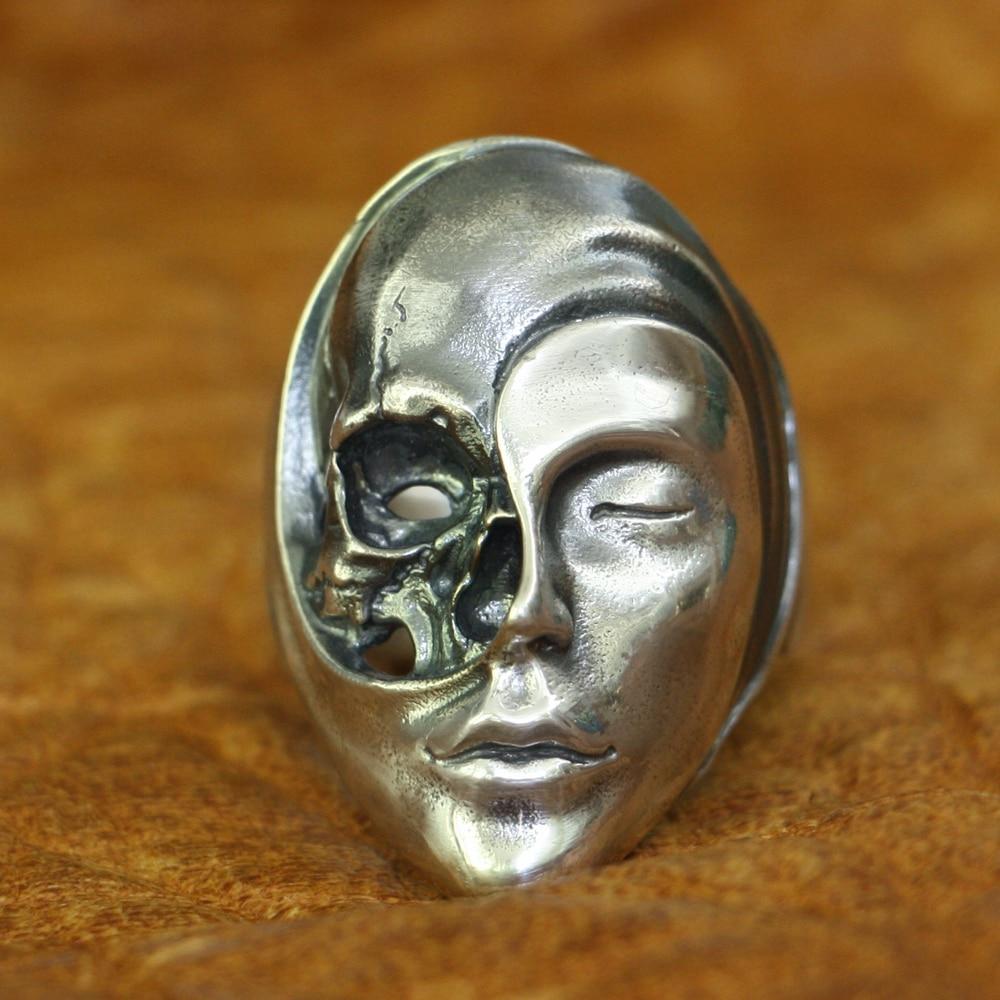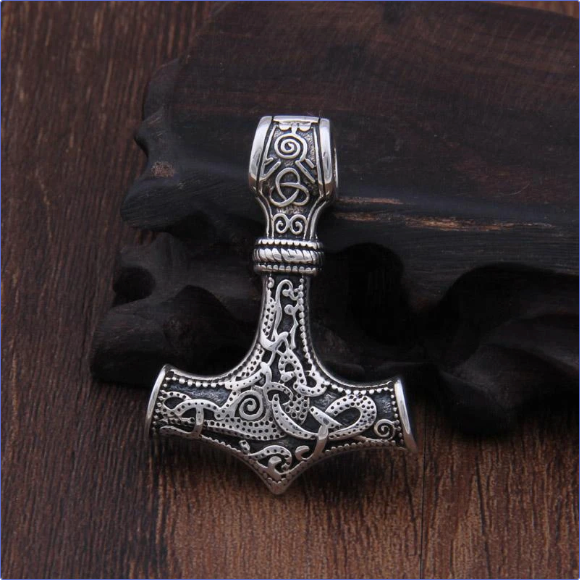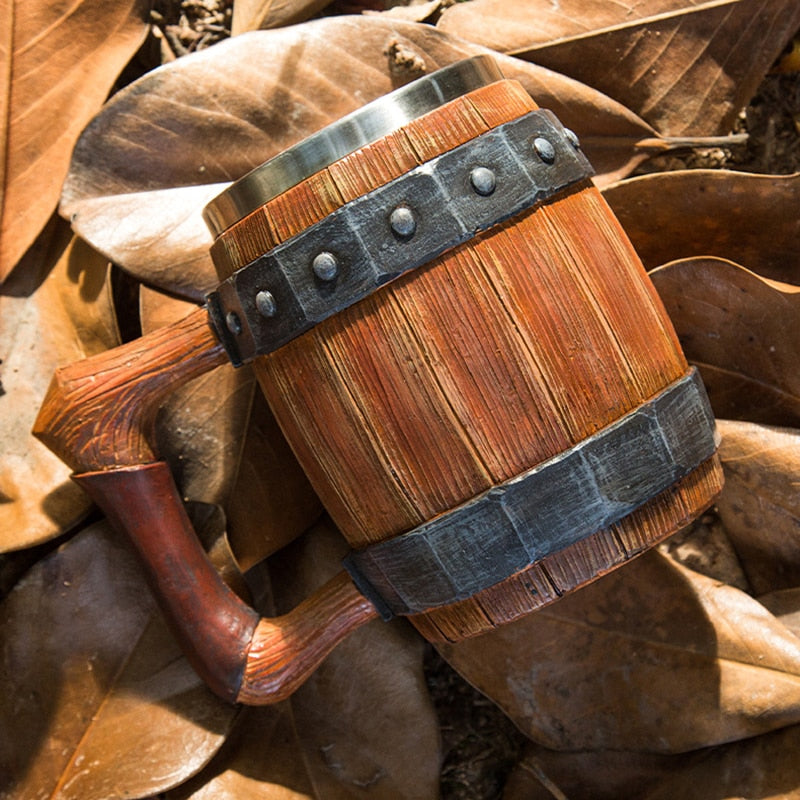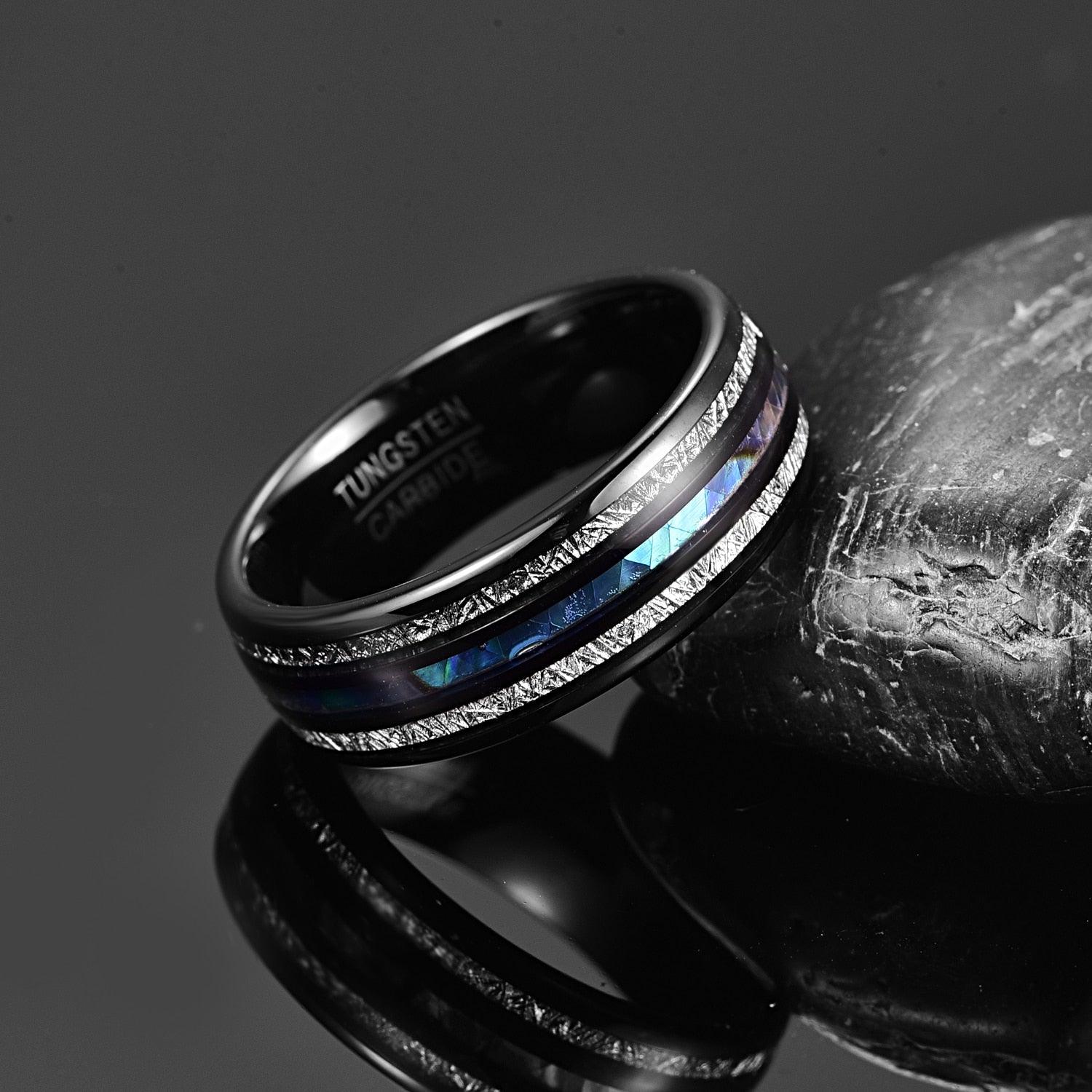Behind the shield walls and dragon-headed longships, the Norse people had a complex relationship with health, medicine, and healing. Viking Age medicine was a blend of herbalism, rudimentary surgery, magic, and spiritual belief systems, often rooted in both practical experience and the mystical worldview of the Norse cosmos.

Understanding Health in Viking Society
For the Norse peoples and Vikings, health was not merely the absence of illness; it was an integral part of honor, strength, and survival. Illness could be seen as a physical ailment or as the result of spiritual imbalance or magical interference. In Norse sagas and Eddic poetry, sickness is sometimes portrayed as the work of malevolent beings or the punishment of the gods. At other times, it is treated pragmatically, with healing described in specific and methodical ways.
The role of the healer was important in Norse society. While there wasn’t a structured medical profession as we understand today, certain individuals were recognized for their knowledge of herbs, remedies, and spiritual rites. These included the læknir (healer or physician), and the seiðkona or völva, a female shaman or seer who often performed rituals to heal spiritual or physical maladies (read about Volva, the Norse Witch here).
Herbal Remedies and Natural Medicine
Herbalism was the cornerstone of Viking medicine. Healers had extensive knowledge of local flora and fauna, and they used plants not only for physical healing but also for magical purposes. Some herbs served multiple functions—both medicinal and ritual.
Common plants used by the Norse included:
Yarrow (Achillea millefolium) – used to staunch bleeding and treat wounds.
Angelica (Angelica archangelica) – thought to be a protective plant and used for stomach ailments.
Juniper (Juniperus communis) – used for its antiseptic properties and in fumigation rites.
These remedies were often administered as poultices, teas, or compresses. The archaeological record includes tools such as tweezers, lancets, and even remnants of medicinal herbs, suggesting a hands-on and informed approach to healing.

Surgery and Physical Treatment
Although rudimentary, surgical procedures were known and practiced during the Viking Age. Sagas contain references to the setting of broken bones, the sewing of wounds, and the use of cauterization. The legendary saga of Grettir the Strong includes a graphic description of wound treatment involving cleansing, the application of healing herbs, and careful bandaging.
Dental care, although not well-documented, is suggested by the discovery of modified teeth, possibly used as identification or magical charms. Skeletal remains show evidence of healed fractures and trepanation (drilling into the skull), which points to attempts at advanced treatment, possibly for relieving pressure or spiritual possession.

Spiritual and Magical Healing
The Norse worldview did not draw a sharp line between physical and spiritual afflictions. Magic played a central role in healing, with runes, charms, and galdr (chants or spells) used alongside herbal remedies. The use of protective amulets and inscriptions was common.
The völva, often an elderly woman with considerable social authority, conducted seiðr, a form of shamanistic magic. Through trance and ritual, she could diagnose and potentially cure ailments believed to be caused by curses or supernatural entities.
Some healing rituals were dramatic and deeply symbolic. For instance, casting spells over water and using it to cleanse the sick, or invoking gods like Odin or Freyja for strength and recovery, blended religious belief with healing practice.
Sources and Legacy
Most of what we know about Viking medicine comes from archaeological findings, saga literature, and medieval texts written after the Christianization of Scandinavia. These sources must be read critically, but they offer invaluable insights into a world where healing was both art and survival strategy.
The influence of Viking medicine can be seen in Scandinavian folk medicine traditions, many of which survived into the early modern period. The blending of natural remedies with spiritual care still echoes in contemporary holistic practices.

Viking Age medicine was a fascinating blend of empirical practice and spiritual belief. Whether through the skilled hands of a healer applying a yarrow poultice, or a völva chanting beneath the northern lights - or brewing a medicinal tea, the Norse approach to health was deeply holistic. It reminds us that healing is not just about curing disease, but also about restoring balance—between the body, the mind, and the world around us.
As archaeology and scholarship continue to uncover more about the Viking Age, one thing is clear: these fearsome warriors were also caretakers of a rich tradition of healing that echoes across time.
Bibliographical References
Pollington, Stephen. Leechcraft: Early English Charms, Plant-Lore and Healing. Anglo-Saxon Books, 2000. ISBN: 9781898281383
Price, Neil. The Viking Way: Magic and Mind in Late Iron Age Scandinavia. Oxbow Books, 2020 (2nd ed.). ISBN: 9781789259190
Mitchell, Stephen A. Witchcraft and Magic in the Nordic Middle Ages. University of Pennsylvania Press, 2011. ISBN: 9780812222569
